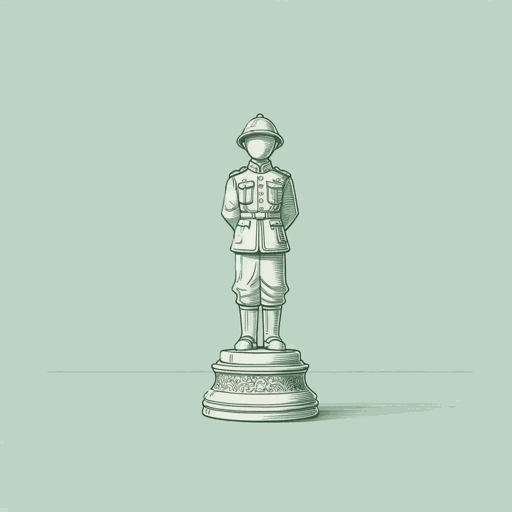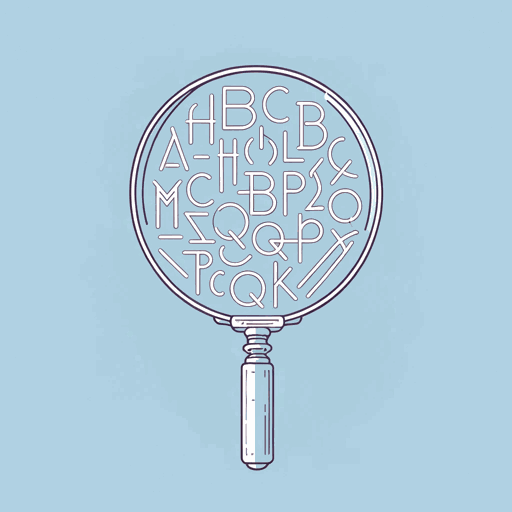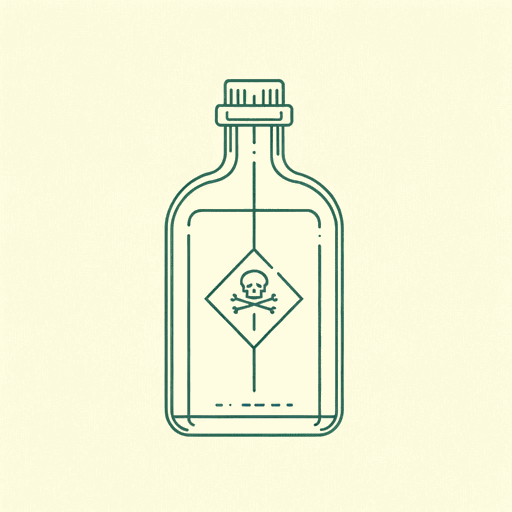43 pages • 1 hour read
Agatha ChristieMurder on the Orient Express
Fiction | Novel | Adult | Published in 1934A modern alternative to SparkNotes and CliffsNotes, SuperSummary offers high-quality Study Guides with detailed chapter summaries and analysis of major themes, characters, and more.
Summary and Study Guide
Overview
Murder on the Orient Express, first published in 1934, is a mystery by Agatha Christie featuring one of her most famous characters, the Belgian detective Hercule Poirot. A locked-room mystery, the entire plot unfolds in a train, the Orient Express, which has become stranded in a snowstorm. Poirot happens to be on the train when a man named Mr. Ratchett is murdered. Poirot is called upon to solve the case, and the book follows his investigation. He ultimately ties Mr. Ratchett’s murder to 12 of the train’s passengers, revealing that they all conspired to kill the victim: “Ratchett” was a fake name, and the victim was in fact a gangster named Cassetti, who was involved in a famous kidnapping case that touched all 12 passengers.
Christie, an English writer, lived from 1890 to 1976 and wrote some 66 detective novels and 14 short story collections in her career. She has been called the “Queen of Crime,” and many of her books, including Murder on the Orient Express, have become best-sellers. Murder on the Orient Express has multiple film adaptations, the most recent in 2017. This guide refers to the 2015 Harper Collins paperback edition.
Content Warning: The source text contains depictions of murder, death by suicide, death of a child, kidnapping, xenophobia, and racism.
Plot Summary
Murder on the Orient Express is told from the point of view of a third-person narrator. The book’s protagonist is Hercule Poirot, the famous Belgian detective. Poirot is on a train, The Orient Express, traveling from Istanbul to Europe. He observes many other nationalities on the train, including Swedish, Italian, English, and German.
In the course of the train’s journey, a man known as Mr. Ratchett is stabbed in his sleeping compartment during the night and found dead the next morning. Poirot, who is friends with M. Bouc, the director of the train company—who is also aboard the train—is asked to solve the case. In his investigation, Poirot is assisted by Bouc and a Greek doctor, Dr. Constantine. Complicating the investigation is the fact that the train is stranded due to a snowstorm. The snowy circumstances lead Poirot to realize that the murderer is a passenger on the train.
Poirot begins his investigation by investigating Mr. Ratchett’s compartment. He discovers various clues, including two clues that will turn out to be “red herrings,” or false clues: A handkerchief, embroidered with what appears to be an “H” (it turns out to be a Cyrillic/Russian “N”) and a pipe cleaner. Poirot also discovers a scrap of burnt paper with the words, “—member little Daisy Armstrong” on it (69). Poirot realizes that “Mr. Ratchett” is Cassetti, a famous gangster responsible for the kidnapping and murder of three-year-old Daisy Armstrong. Daisy was the daughter of a famous couple, the Englishman and Wall Street millionaire Colonel Armstrong, and Sonia Armstrong, the daughter of Linda Arden, a famous American actress. The fallout of the incident was significant: Sonia had a miscarriage and died; Colonel Armstrong shot himself; and Daisy’s nursemaid, who was under suspicion, killed herself. Cassetti was arrested for the crime but acquitted on a technicality thanks to his wealth and connections.
Poirot begins questioning the passengers on the train to gather clues. He is accompanied by Bouc and Dr. Constantine, who act as a sounding board, allowing Poirot to expound upon his theories. Poirot repeatedly emphasizes the importance of psychology in the investigation. Traditional police work, like background and reference checks, is impossible because the train is stranded in the snow. Poirot also concludes that Mr. Ratchett’s/Cassetti’s murder is linked to the Armstrong abduction and asks many of the people he interrogates about their connections to the Armstrongs—most of them deny knowing the Armstrongs in any way.
Through interrogations with the passengers and his own experiences of the night of the murder, Poirot puts together a timeline of the murder. Issues that Poirot questions include the appearance of a mysterious woman in a red silk kimono and a stranger masquerading as a train conductor. Both clues, in which Poirot first places great emphasis, turn out to be red herrings.
Complicating the case is that each passenger seems to have a good alibi, provided by someone they have no special connection to. However, Poirot comes to realize that 12 of the passengers have direct or indirect connections to the Armstrong case. For example, the matronly “Mrs. Hubbard” is in fact Linda Arden, the actress and mother of Daisy. Meanwhile, Pierre Michel, a conductor on the train, turns out to be the father of Susanne, the French nursemaid who killed herself due to the suspicion she faced after Daisy’s disappearance.
Having figured out the 12 passengers’ true identities and determined which clues are real and which ones are fake, Poirot gathers everyone—the 12 passengers in question, plus Bouc and Dr. Constantine—in the Orient Express’s restaurant car. Poirot lays out his theory, detailing how each of the 12 persons is connected to the Armstrong case, and suggesting that the 12 people conspired to kill Mr. Ratchett (Cassetti), bringing justice where the legal system failed.
Mrs. Hubbard, unveiling herself as Linda Arden, confirms Poirot’s theory. She offers to take the blame for the murder but asks that the others be spared. However, Poirot also offers an alternative theory to the murder, suggesting that a stranger boarded the train, donned the uniform of a conductor, killed Mr. Ratchett (Cassetti), and then got off the train. This theory is clearly false—there are many holes in it, such as the fact that the train was stranded in snow, and there were no footprints going to or from the train in the morning, which would have been apparent if a stranger had gotten on and off in the night.
Nonetheless, Poirot offers to present this theory to the police when the train reaches its next station. Bouc, the director of the train company, and Dr. Constantine agree to go along with Poirot’s false theory, thereby shielding the 12 guilty passengers. In the end, the group implicitly agrees that delivering justice is more important than the rule of law-and-order.
Related Titles
By Agatha Christie

A Murder Is Announced
Agatha Christie

And Then There Were None
Agatha Christie

A Pocket Full of Rye
Agatha Christie

Crooked House
Agatha Christie

Death On The Nile
Agatha Christie

Murder at the Vicarage
Agatha Christie

Poirot Investigates
Agatha Christie

The ABC Murders
Agatha Christie

The Mousetrap
Agatha Christie

The Murder of Roger Ackroyd
Agatha Christie

The Mysterious Affair at Styles
Agatha Christie

The Pale Horse
Agatha Christie

Witness for the Prosecution
Agatha Christie
Featured Collections
Appearance Versus Reality
View Collection
Books Made into Movies
View Collection
Books on Justice & Injustice
View Collection
Globalization
View Collection
Good & Evil
View Collection
Horror, Thrillers, & Suspense
View Collection
Mortality & Death
View Collection
Mystery & Crime
View Collection
Popular Book Club Picks
View Collection
Required Reading Lists
View Collection
Revenge
View Collection
Safety & Danger
View Collection
Trust & Doubt
View Collection
Truth & Lies
View Collection

